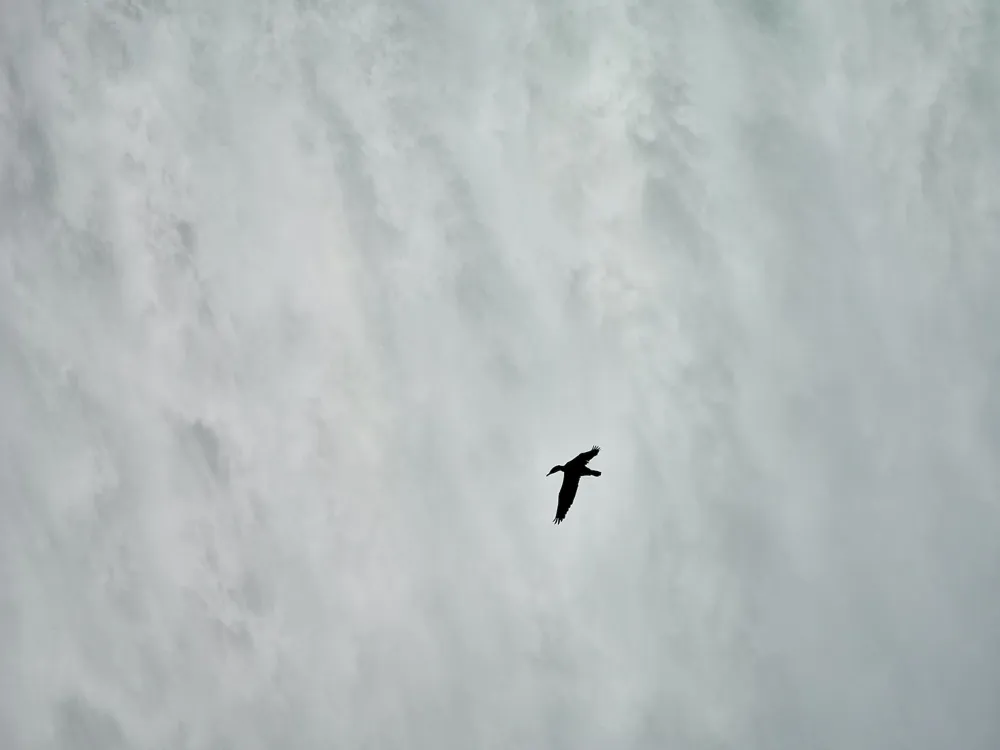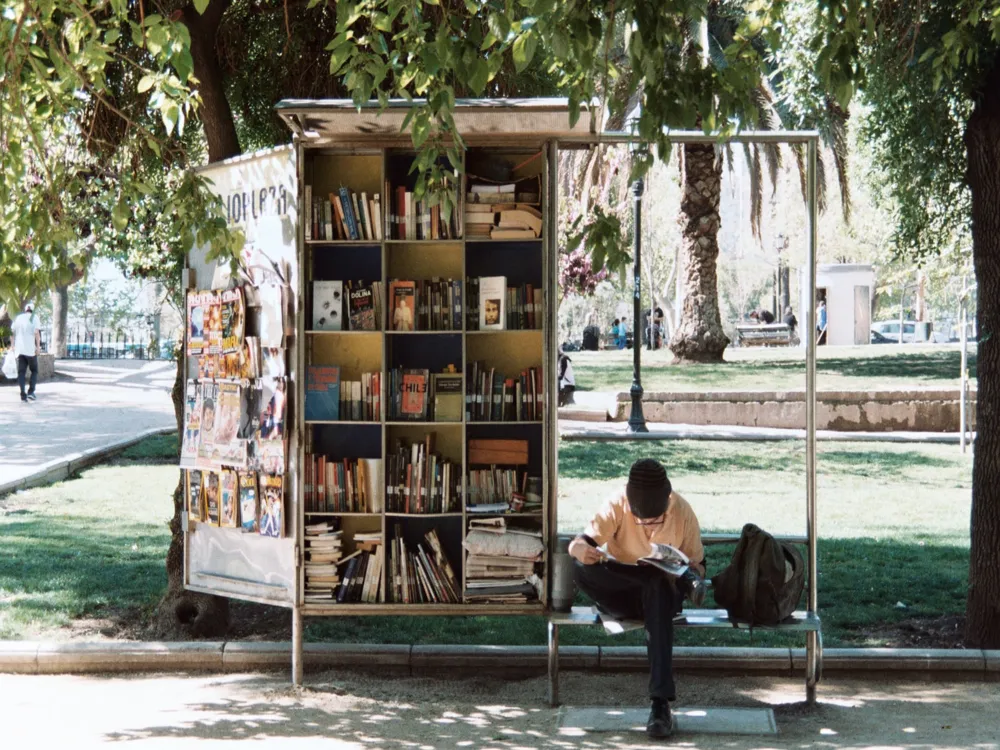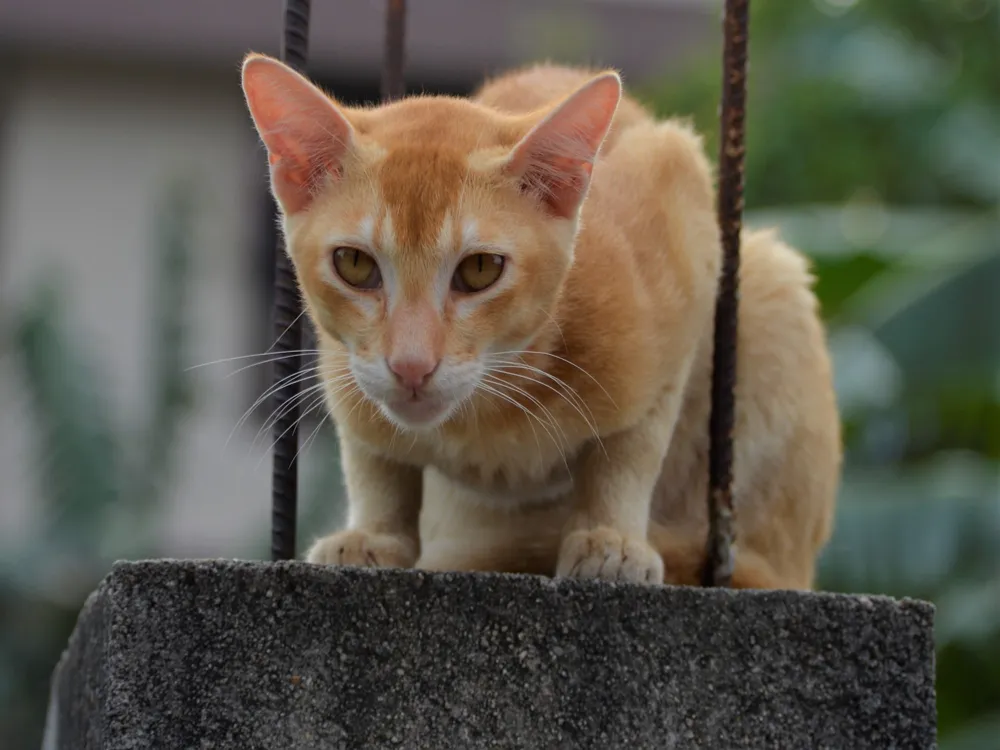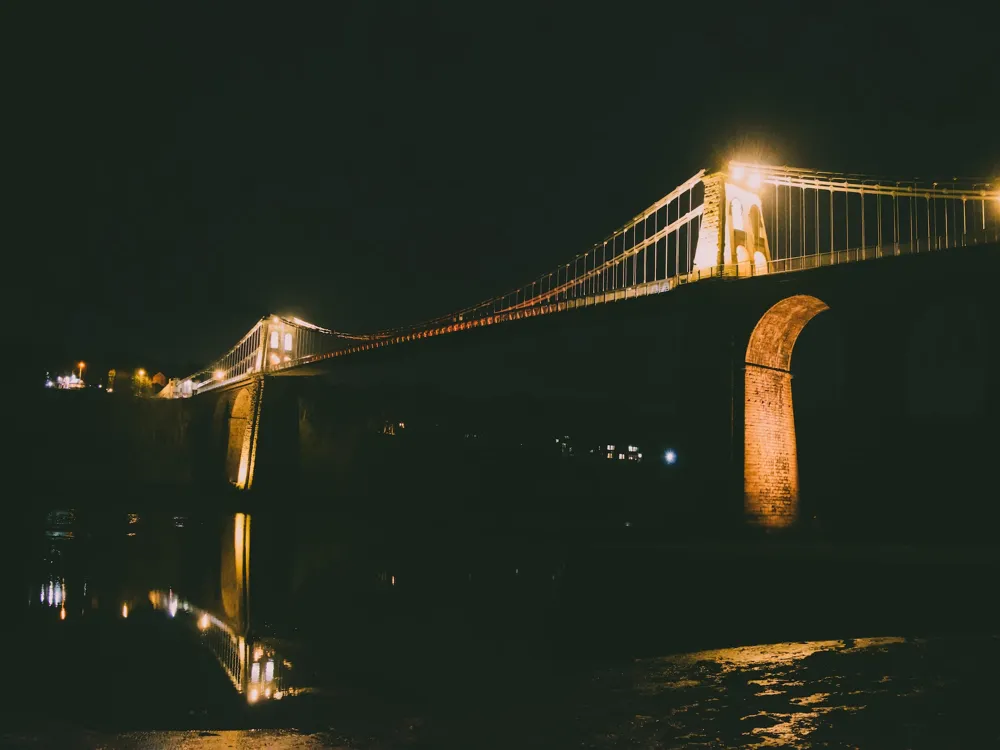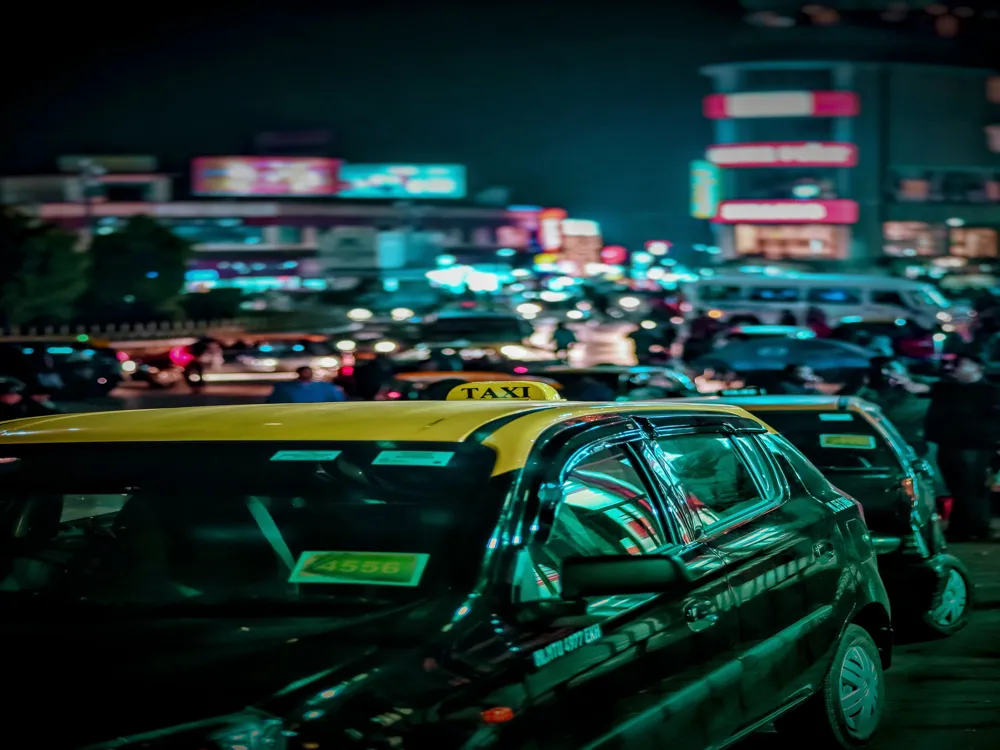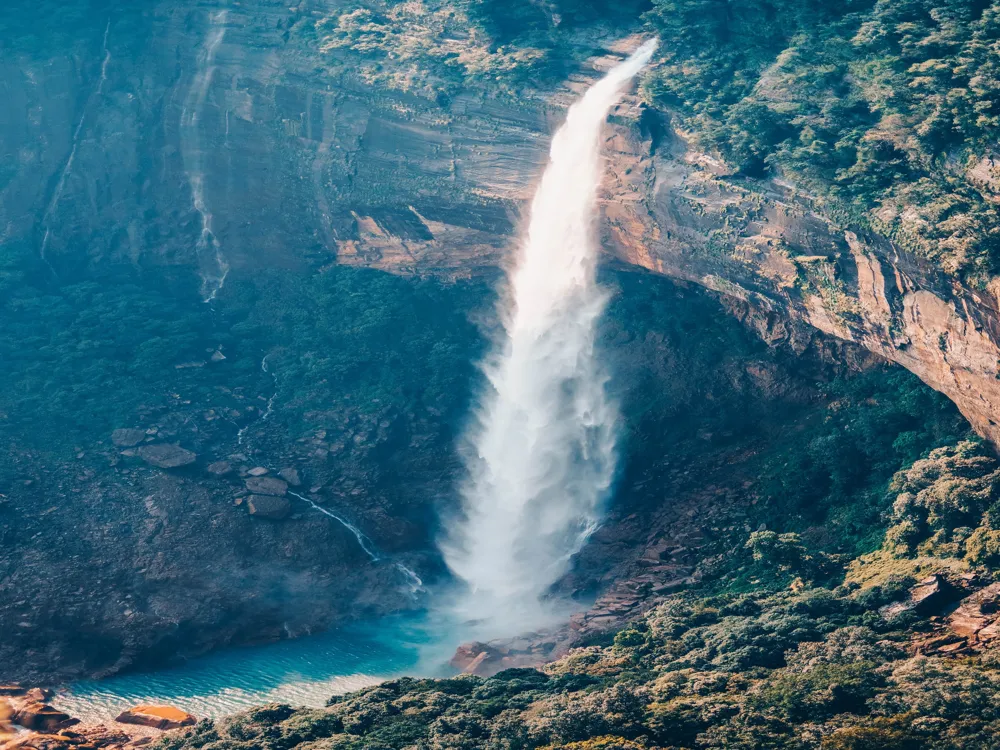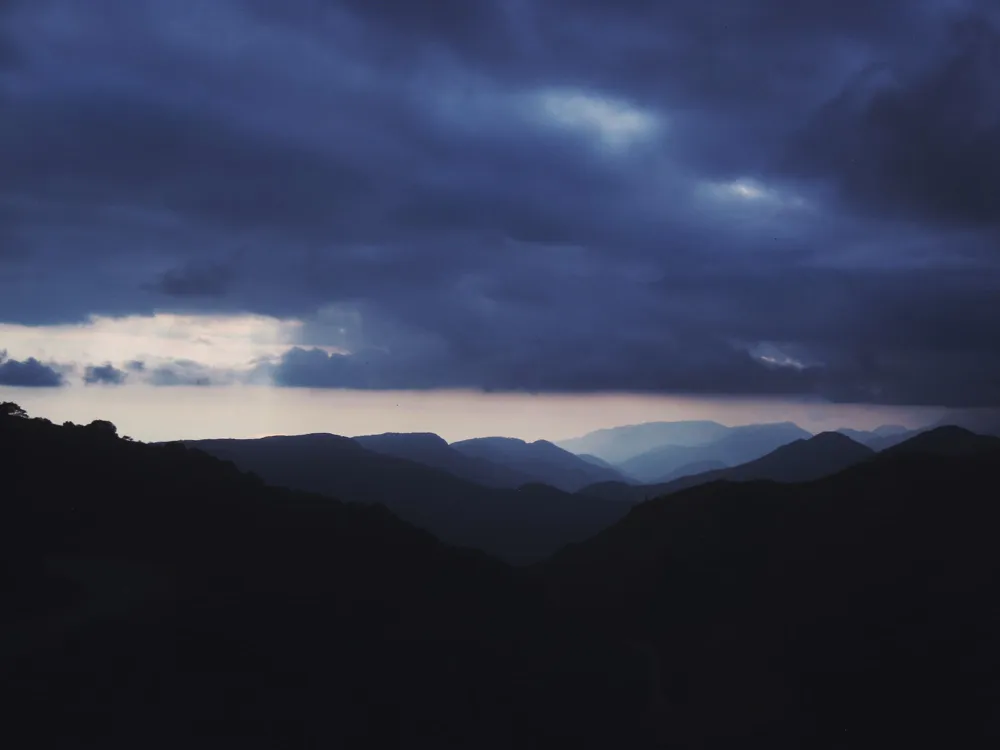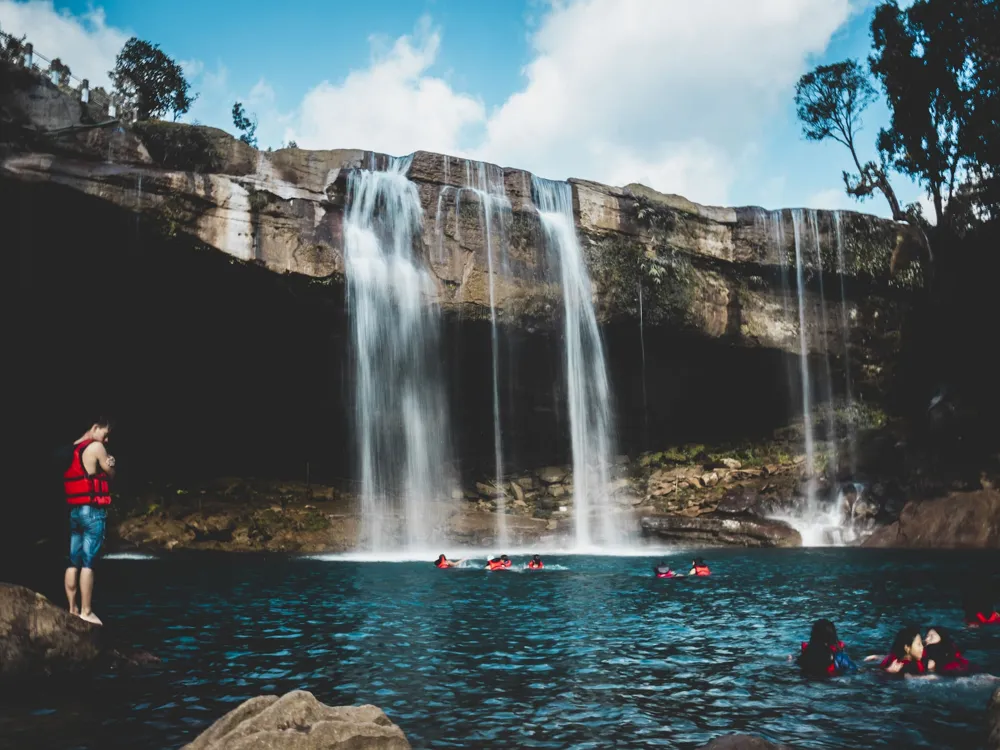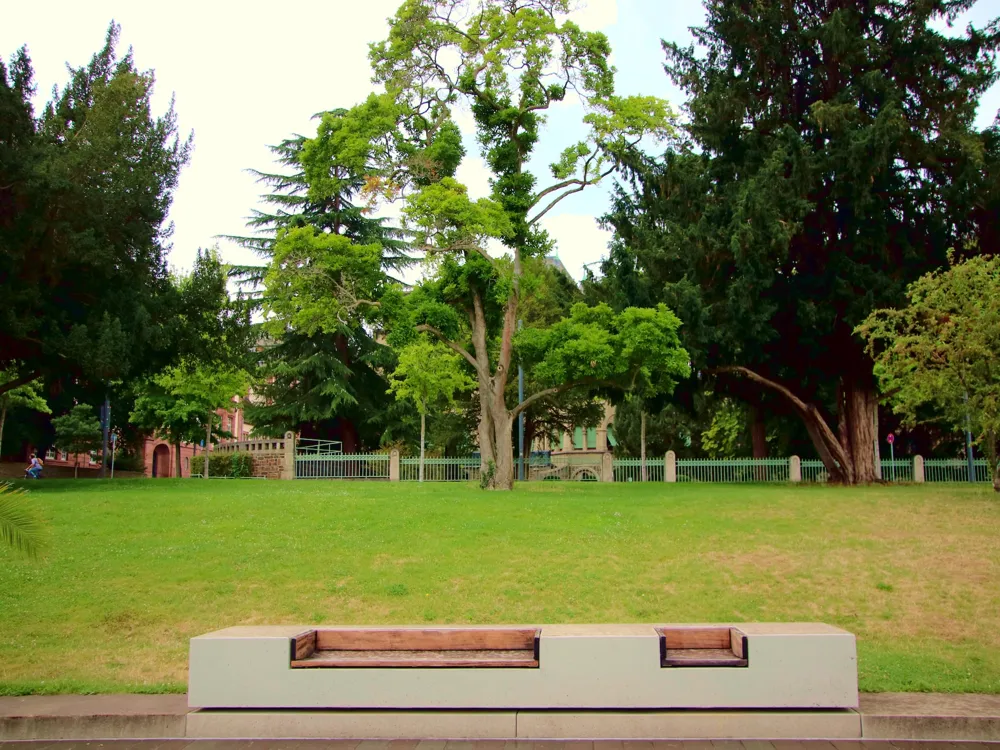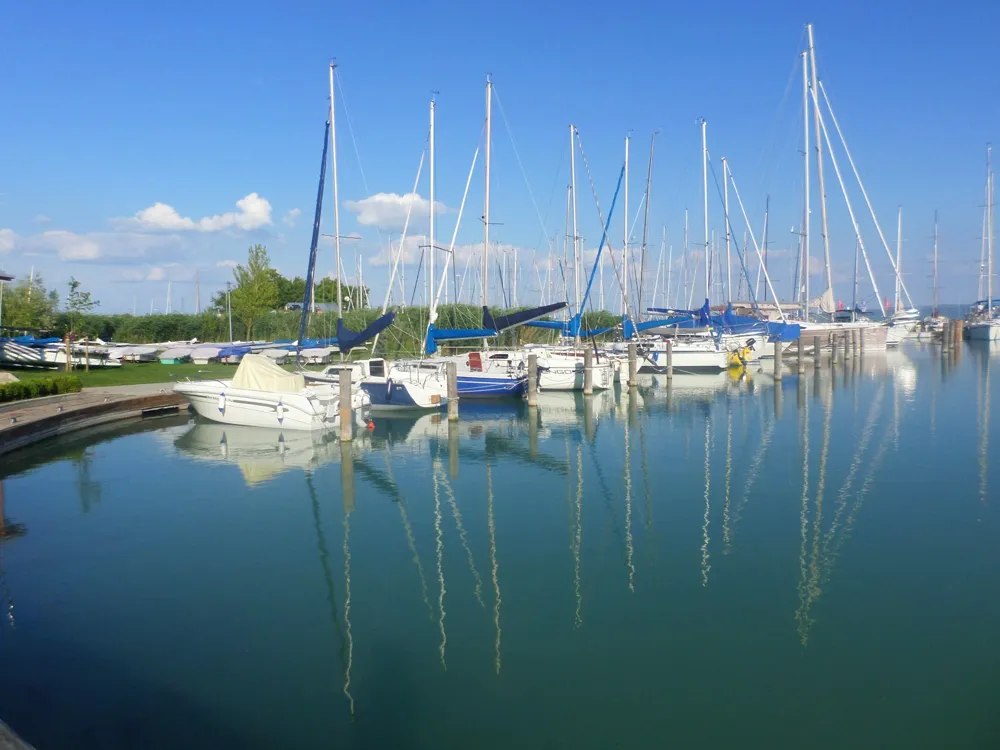Nestled in the heart of Meghalaya, the Tryshi Falls stands as a breathtaking spectacle of nature. This magnificent waterfall, located near Jowai, is not just a natural wonder but also a symbol of the serene beauty that Meghalaya has to offer. The Tryshi Falls, cascading down with a gentle roar, is set against a backdrop of lush greenery and rugged cliffs, offering a mesmerizing view to its visitors. Historically, the Tryshi Falls has been a significant landmark for the local communities. It is intertwined with the cultural fabric of Meghalaya, often featuring in local folklore and traditions. The falls have seen generations of visitors, each drawn by its timeless beauty and the tranquility it offers. The sound of the water, the cool mist, and the vibrant environment make Tryshi Falls not just a tourist spot but a retreat for those seeking solace in nature’s lap. The falls gain their charm from the unique geological structures surrounding them. These natural formations have been sculpted over millennia, showcasing nature's artistry. The water source of Tryshi Falls is a testament to the rich hydrological patterns of Meghalaya, a state renowned for its abundant rainfall. This natural abundance contributes to the perennial flow of the waterfall, making it a year-round attraction. The architecture of Tryshi Falls, though purely natural, exhibits a design that could rival human-made structures. The falls are characterized by their multi-tiered cascading water, which flows over a series of naturally carved terraces. Each level of the falls presents a different aspect of its beauty, from gentle flows at the top to a more vigorous cascade at the bottom. The rock formations around the falls are a geological marvel. Composed mainly of sedimentary rocks, they tell a story of the earth’s past. These rocks have been shaped by the relentless force of water over thousands of years, resulting in smooth, curved surfaces that complement the flowing water. The contrast between the rugged cliffs and the fluid water motion creates a dynamic and ever-changing landscape. The surrounding flora and fauna add to the architectural beauty of the falls. The lush green vegetation that envelopes the falls provides a vibrant contrast to the grey rocks and white foamy water. This natural architecture, a blend of rock, water, and greenery, creates a symphony of sights and sounds that is both calming and exhilarating. The ideal time to visit Tryshi Falls is during the monsoon season, from June to September, when the water flow is at its peak. However, visitors should be cautious of the heavy rainfall and slippery paths. Safety should be a priority when visiting Tryshi Falls. Visitors are advised to stay on the marked trails and avoid slippery rocks. It’s also recommended to check weather conditions before planning a visit. For photography enthusiasts, the falls offer a great opportunity. Early morning light provides excellent conditions for capturing the falls. Using a tripod and filters can help in getting the perfect shot of the flowing water. Tryshi Falls is accessible via road from Jowai, the nearest town. Visitors can hire taxis or take local buses to reach the falls. The journey itself is scenic, with winding roads cutting through the green hills of Meghalaya. For those driving, parking facilities are available near the site. For visitors coming from outside Meghalaya, the nearest airport is in Shillong, from where Jowai is a few hours' drive. Once in Jowai, local guides and signboards make it easy to navigate to Tryshi Falls. Read More: Overview of Tryshi Falls in Jowai, Meghalaya
The architecture of Tryshi Falls
Tips When Visiting Tryshi Falls
Best Time to Visit
Safety Precautions
Photography Tips
How To Reach Tryshi Falls
Tryshi Falls
Jowai
Meghalaya
₹ 8,000 onwards
View jowai Packages
Jowai Travel Packages
View All Packages For Jowai
Top Hotel Collections for Jowai

Private Pool

Luxury Hotels

5-Star Hotels

Pet Friendly
Top Hotels Near Jowai
Other Top Ranking Places In Jowai
View All Places To Visit In jowai
View jowai Packages
Jowai Travel Packages
View All Packages For Jowai
Top Hotel Collections for Jowai

Private Pool

Luxury Hotels

5-Star Hotels

Pet Friendly








